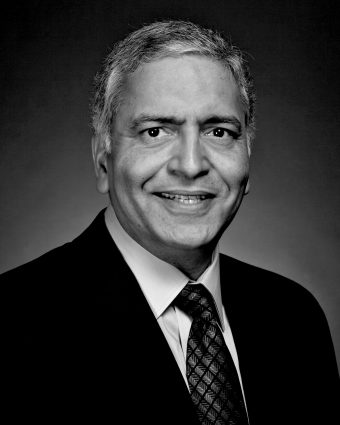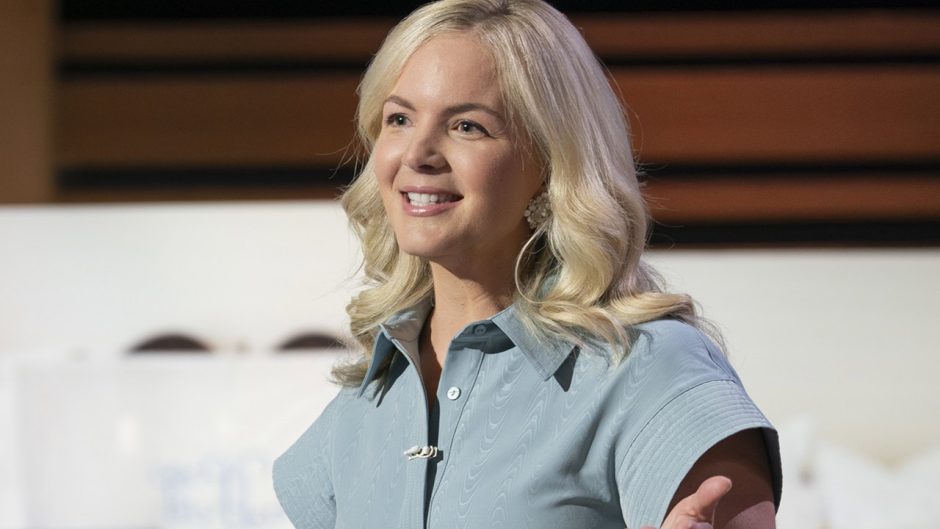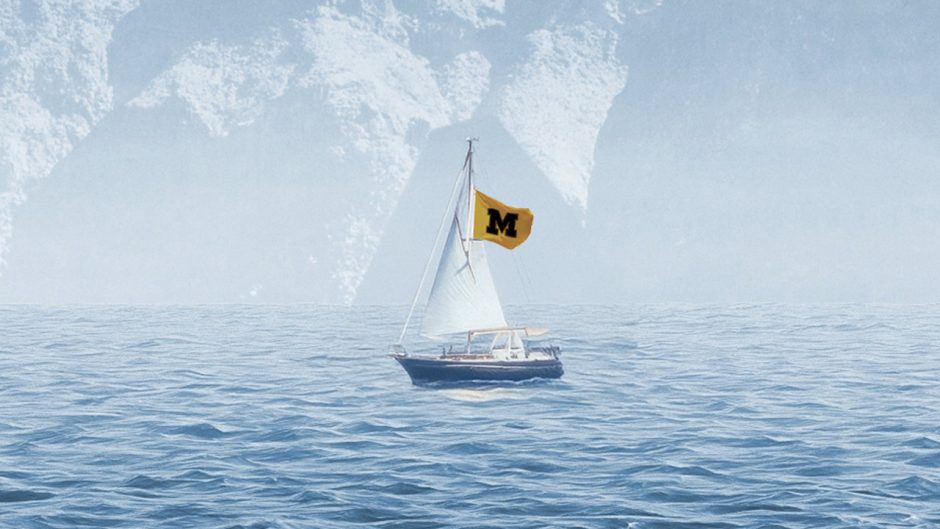
Shutterstock
Published on Show Me Mizzou August 19, 2021
In the past year, remote teams and virtual meetings have taken center stage as businesses discover better ways to work. But before COVID spread globally, the expectations of and requirements for the workforce already had begun to shift. The digital transformation has arrived, and although some jobs will be lost and many others will be created, almost all jobs will change. And Trulaske College of Business Dean Ajay Vinzé has a vision for how to prepare students for jobs that don’t even exist yet.
When Ajay Vinzé started his tenure as dean at the Trulaske College of Business in January 2017, he immediately opened conversations with university leaders, industry partners and alumni about trends that are reshaping higher education: Determinants of future success will be interdisciplinary collaboration, technology and a focus on lifelong learning. Although the world of business expects a holistic approach to decision-making and problem-solving, higher education is delivered in a highly structured, siloed fashion.
So, Vinzé put out a call: “He just reached out across the silos and said, ‘Hey, anybody who wants to work together — let’s do this thing,” recalls Jim Flink, associate professor of strategic communication in the School of Journalism. “That may not sound novel, but it is. What it’s done is it’s made a really rich learning environment.”
To continue shaping a new educational landscape, Vinzé initiated the MU Institute for Experiential Education, Innovation and Entrepreneurship in spring 2018. Faculty from engineering, journalism, health care, education, arts and science, and business started creating interdisciplinary courses. “In the real world, you have engineers working with business folks working with the design team, with the communication and marketing team — so they all come together,” says Bimal Balakrishnan, associate professor and chair of the architectural studies department. “The vision is to develop this new knowledge worker who has a unique set of skills and abilities.”

Dean Ajay Vinzé
To scale up and promote a campuswide change, the university needed a big project and an outside partner. As luck would have it, AT&T was looking to collaborate with universities to define the future of 5G-enabled devices and applications. The fifth-generation mobile network, or 5G, is faster, more reliable and provides more network capacity than previous generations. In spring 2020, 19 MU students participated in Connectivity and 5G, an immersive course with instructors from business, engineering, journalism and architectural studies using in-depth research and access to AT&T resources and representatives. Divided into four teams — health care, sports, campus safety and higher education — the students developed viable industrial applications for this new technology. The health care team, for example, proposed using mobile platforms, video and artificial intelligence technology that would provide both patients and care providers with rapid, real-time feedback as well as improve existing remote-care technologies.
“It exposed them to new ideas, new ways of thinking, new ways to problem-solve outside their discipline,” Flink says.
In summer 2021, AT&T installed a 5G+-millimeter-wave transmission tower in Cornell Hall, which helped spawn an innovation lab. Although housed in the business school, the lab is a university asset that features augmented reality, virtual reality and mixed reality technology, allowing students and faculty to experiment with simulations, big data translation, visual tracking, holographs and a variety of other potential 5G applications. In fall 2021, six interdisciplinary courses centered around the lab’s technology are scheduled to launch, with students and their professors exploring several potential projects. These include creating kiosks around campus that use immersive technologies to reduce anxiety and improve mental health, exploring innovative telemedicine applications for remote surgeries, and using augmented reality to create immersive journalism.
“Suddenly our students are seeing that boundaries don’t exist,” Balakrishnan says.
And Vinzé is pushing the boundaries on what a college curriculum looks like. Instead of just three-credit-hour courses, he envisions commercialization bootcamps, design and product development workshops, student pitch competitions, incubators for student-led businesses and cross-disciplinary teams tackling real-world problems. “We’ve been stuck in the same mode forever,” he says. “There could be aspects of the experience that are two credits and others that are five. Some are executed in three weeks; others take 15 weeks. That is how higher education should be delivered. What makes this happen is technology. So, yes, the innovation lab is what we are developing. But the goal is not the lab. The goal is using it to change the trajectory of higher education.”
To read more articles like this, become a Mizzou Alumni Association member and receive MIZZOU magazine in your mailbox. Click here to join.




